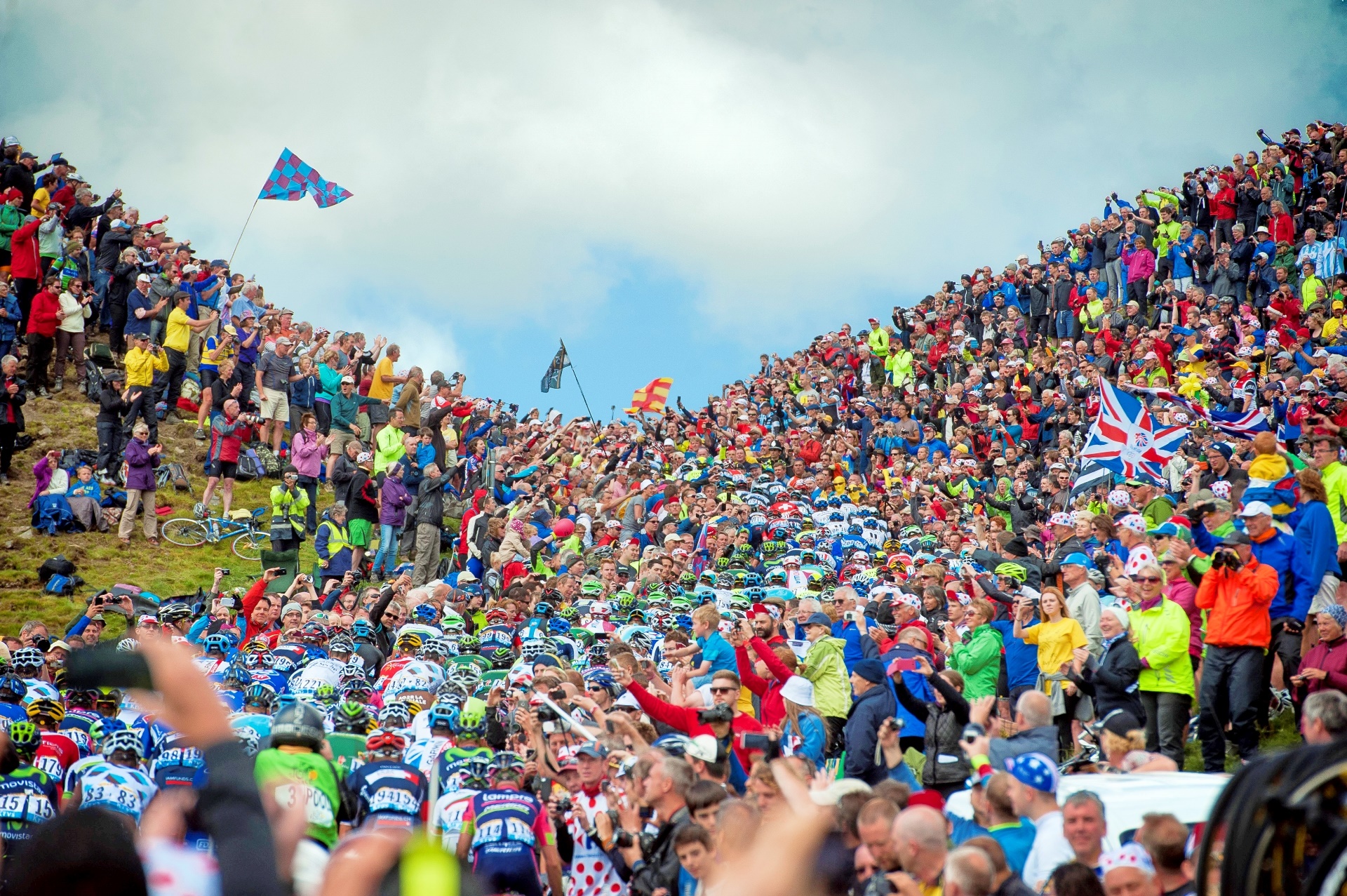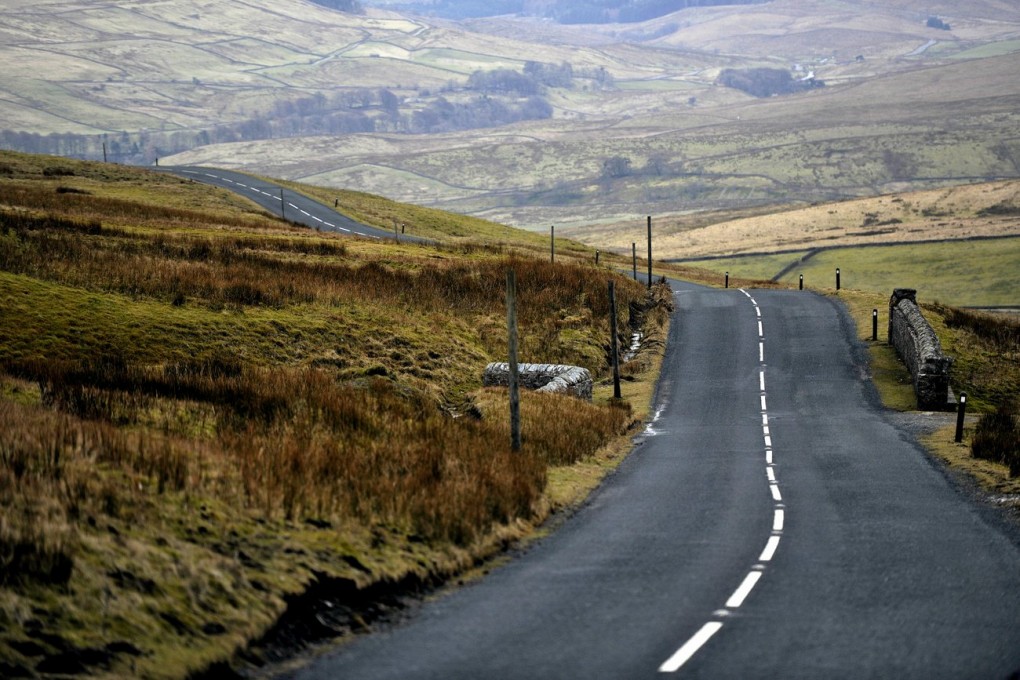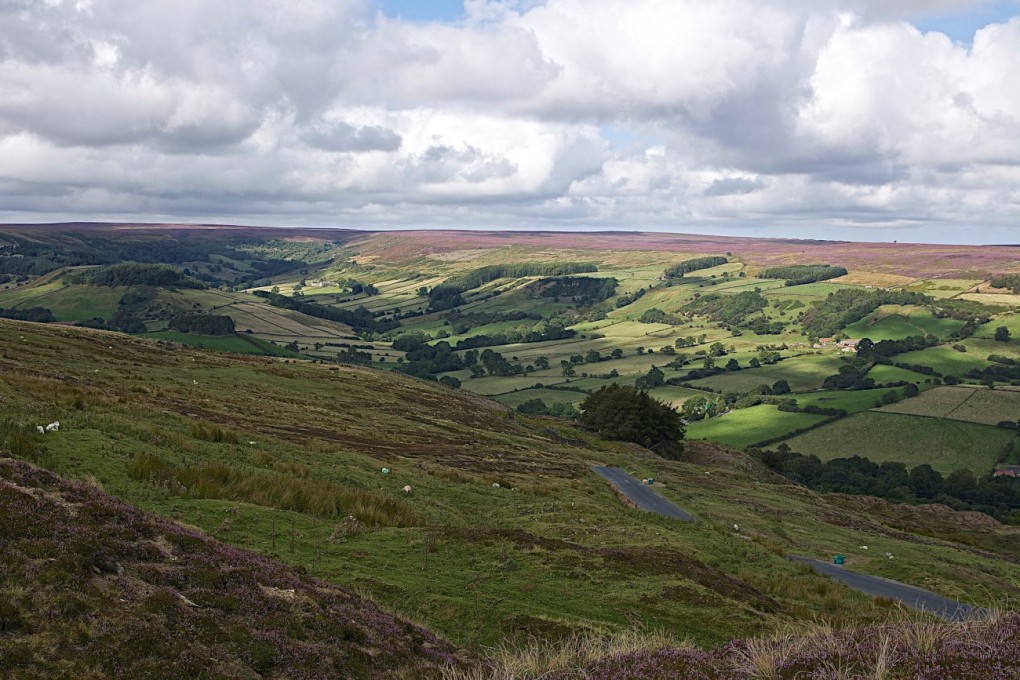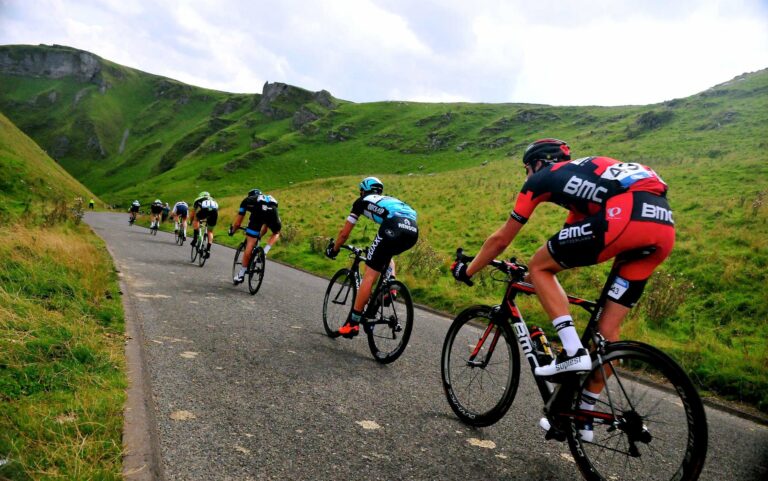Yorkshire is famed for its beauty and, since hosting the Grand Depart of the 2014 Tour de France, has become a cycling hub in the UK too – a status which is only likely to increase following news the 2019 UCI Road World Championships will also be held in the white rose county.
The owners of the Tour de France, the ASO, were so impressed by the area and its potential to bring great bike racing to the public they took ownership of the Tour de Yorkshire, a race that allows fans and cyclists to relive and create new memories as a legacy of that 2014 showpiece event.

Naturally, you want a go as well – not only to test yourself against the best Strava times set by the pros, but to visit one of the most picturesque areas the UK has to offer. Here’s our pick of the best and some of the hardest climbs in Yorkshire.
And if you want to see more of the county’s finest roads and spectacular scenery, don’t forget to check out our Best of British ride through the Yorkshire Dales.








